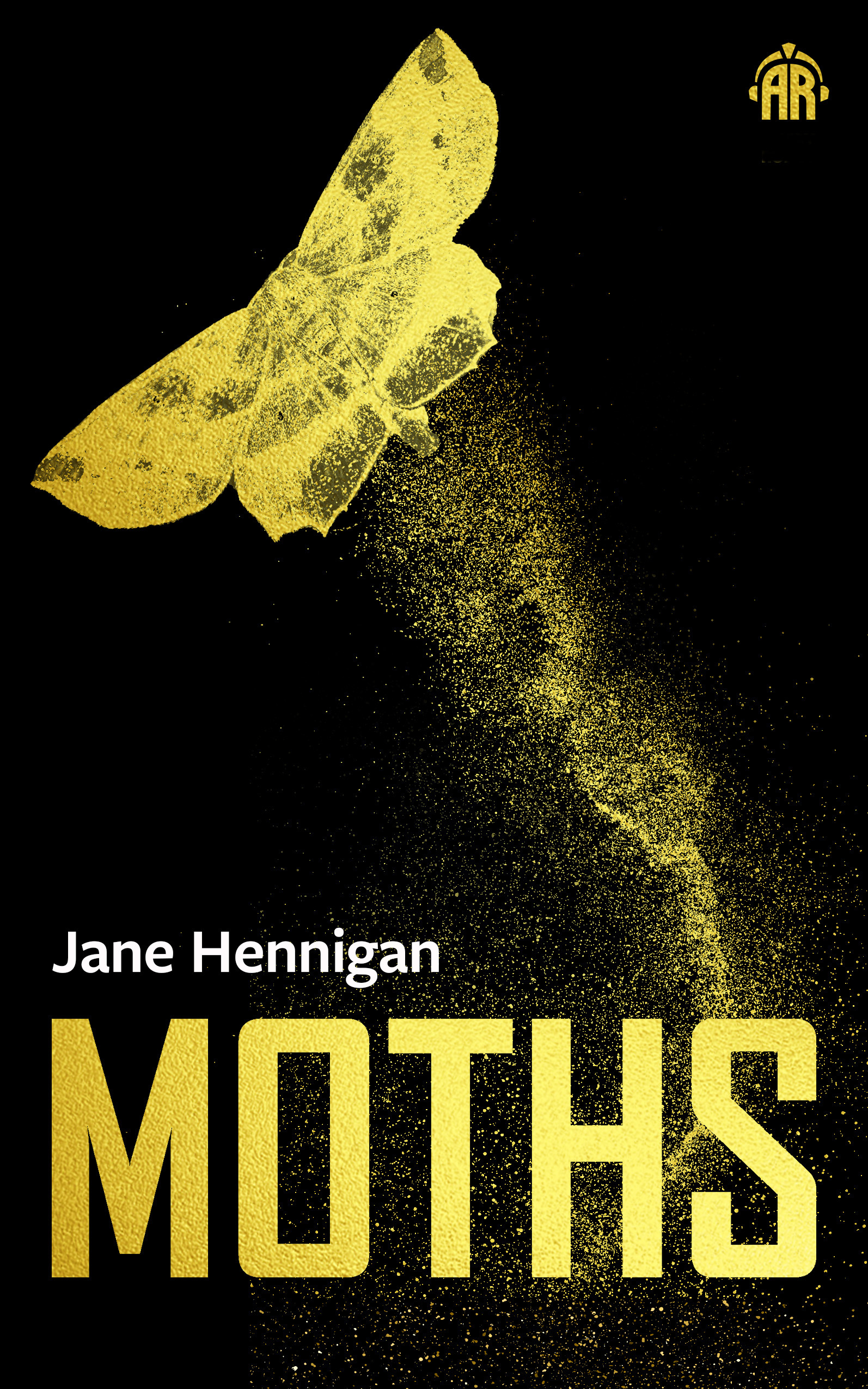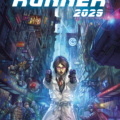Forty years ago, the world changed in Jane Hennigan’s Moths. Toxic threads left behind by mutated moths infected men and boys around the globe. Some were killed quietly in their sleep, others became crazed killers, wildly dangerous and beyond help. All seemed hopeless. But humanity adapted, healed and moved on.
Now matriarchs rule, and men are kept in specially treated dust-free facilities for their safety and the good of society, never able to return to the outside. Mary, who’s now in her 70s, has settled into this new world and takes care of the male residents at her facility. But she still remembers how things used to be and is constantly haunted by her memories. Of her family, of her joy, of… him. Now the world is quiet again, but only because secrets are kept safe in whispers. And the biggest secret of all? No one wants to live inside a cage…
We sat down with Jane Hennigan (pictured above) to find out all about Moths and its sequel Toxxic.
When did you first get the idea for Moths?
On the 9th of July 2019. I know so precisely because that is when I read an article on the BBC titled Toxic processionary caterpillar plague spreads across Europe. I was planning to write an apocalypse book that flipped the gender power dynamic – I just needed a narrative vehicle. A moth plague presented itself as the perfect villain.
Did you do much research before you started writing?
No, I launched into the writing and researched as I went. Everything from the percentage of women engineers working as energy plant operatives (14.1% according to a recent report by Engineering UK) to the shelf life of refined gasoline (less than 2 years).
I also looked at the migratory patterns and distances of butterflies to model the collapse of the world – they can fly an incredible 1,200 to 2,800 miles or more. I also had a couple of medical friends look over the explanation I’d given on the toxin. They both made a face but agreed that if you squinted it was just about plausible.
In what ways has the world changed post-infestation in Moths?
I thought very hard about what might remain in the post-infestation world and what might be lost. Some things – like national power grids and international logistics fail, not because it’s only the women left – but because there were not enough people, in general, to keep the infrastructure viable (most of the rest of the world has fallen into post-apocalyptic chaos – dying out without insemination programmes to replenish the population).
It turns out that the internet is very difficult to reboot once all the servers across the world have gone offline so that is also gone.
However, the women of The Union have worked together for the last forty years through many hardships and have built a strong society based on agriculture and recycling. Medicine, and engineering – especially regarding solar power, are prioritised as is education – for women at least.
We’re primarily introduced to the world of Moths via Mary – why did you choose Mary to be the book’s protagonist and what can you tell us about her?
I wanted an older protagonist – one without heroic aspirations. Mary has seen a lot, and her attitude towards the world is pragmatic. As the narrator, she is able to give both perspectives – the old world and the new. Also, it takes a great deal of consideration before she will risk her safety and her secrets. I liked the idea of a reluctant, cautious hero rather than a main character who is desperate to charge into battle.
Also, having an older protagonist, one who has bad knees, an aching back, and the inability to run fast, added a new level of complexity to the action scenes. She can’t just reach out and snap a baddie’s neck with her index finger like Jack Reacher. She has to think through every action and conserve energy.
Finally, older characters, especially older women, are under-represented as agents of the narrative, and I wanted to redress that balance a tiny bit.

There are a number of flashbacks in Moths which show the world pre-infestation, why did you decide to include those?
I wanted to explore what would happen if a percentage of men suddenly became violent. I wrote the novel at the height of the Me Too movement. Women, frustrated by the mental, emotional, sexual and cultural violence against women and girls that permeates our society, were screaming.
There were (and still are) many high-profile stories of horrific attacks on women – not to mention the less-reported grim statistics of domestic abuse. Those flashback sections were a reaction to my own experiences and a reflection of the women’s voices around me calling out the violence.
What was it like writing moths in our own ‘post-pandemic’ world after Covid?
I couldn’t work on the novel when the pandemic broke. I felt frozen, as some of the things I’d idly pondered about as research – airports closing, city streets empty of people, food shortages – actually appeared on the TV. I felt a sense of guilt, that I’d been indulging in the fantasy of an apocalypse and here was the real thing – full of death and suffering. Months later, when the situation had begun to feel oddly normal, I went back to editing. Some of Mary’s flashback scenes channel the fear I felt in those first few weeks.
What do you want readers to take away from the novel once they’ve closed the final page?
I honestly don’t know. I guess if someone finishes the novel and wants to talk about the ideas in it with someone else who’s read it – that is the absolute best I can wish for.
What can you tell us about Book 2 of Moths, Toxxic?
Toxxic, as the title suggests, concentrates more on masculine and feminine toxicity. Some characters reappear from Moths. There’s a terrifying flashback which takes place at Waterloo Station during the infestation which was the most gruelling scene I’ve ever written.
What are you reading right now?
Along with about a billion other people – Fary Tale by Stephen King. It’s compelling and excellent and barking mad.
What’s next for you?
More stories! I’ve got lots of ongoing projects, some complete, some in progress. I can’t wait to share them with readers in the future.
Moths by Jane Hennigan is out now. Order your copy here and find more book news, exclusives and interviews with SciFiNow.



